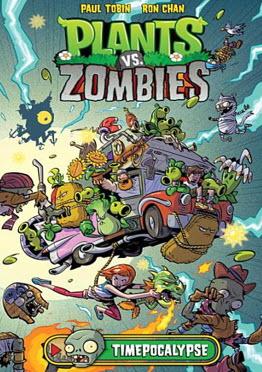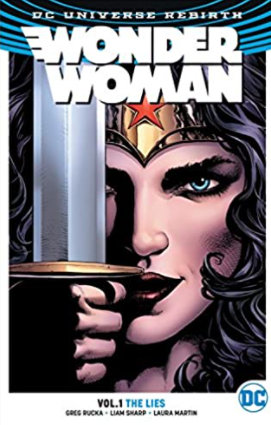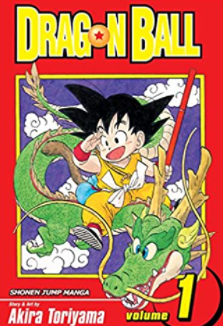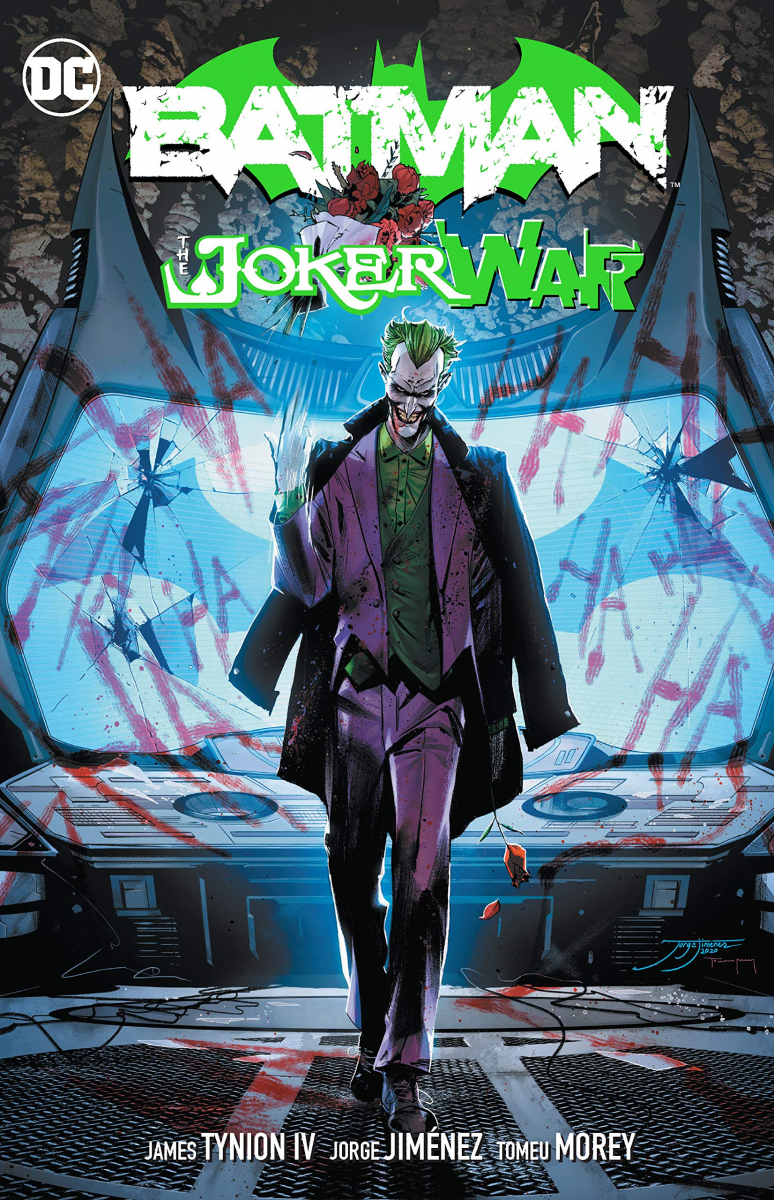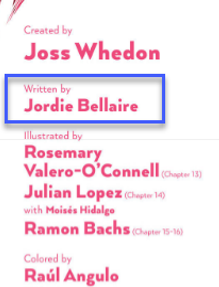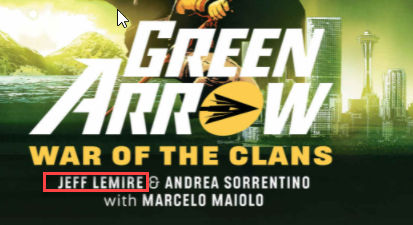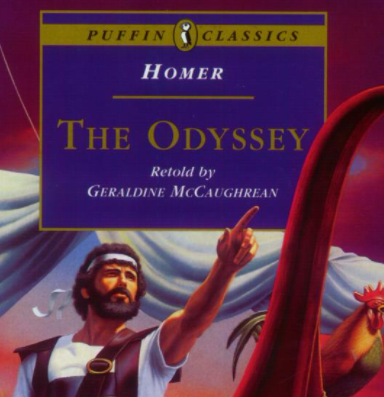Sources of information
At SWAN, individual volumes of graphic novels get a single bibliographic record per volume. Consistency in the title construction directly impacts indexing and discoverability in the public catalog.
When entering records for graphic novels, information can be gleaned from the cover, title page, and title page verso:
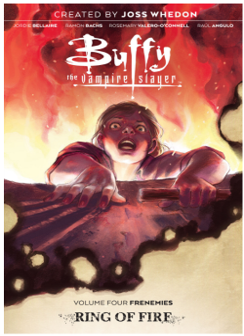

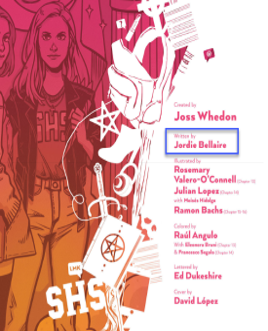
We recommended consulting outside resources to verify series titles, subseries, and story arcs. Aside from OCLC, the following resources may help:
Title statements (245 field)
Catalogers often construct graphic novel title statements in multiple styles. For consistency, SWAN records should contain series, volume, and numbering information in the 245 field. We have found that patrons expect to see series information in the title line and that the title of the volume itself is often unrecognizable.
Example 1
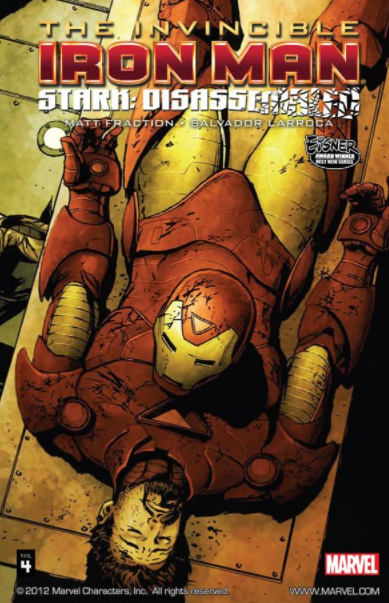
In this example, the series title, volume numbering, and volume title are all present:
245 14 The Invincible Iron Man.|nVolume 4,|pStark disassembled /|cMatt Fraction ; Salvador Larroca.
Punctuation notes:
Precede subfield |p following subfield |n by a comma.
Precede subfield |n by a period.
Consistency in numbering
RDA states that the words "volume", "part", and "book" must be spelled out in the 245 tag. The word "number" can be abbreviated to "no.".
If you notice inconsistencies in series numbering and abbreviations, please submit a ticket.
Example 2
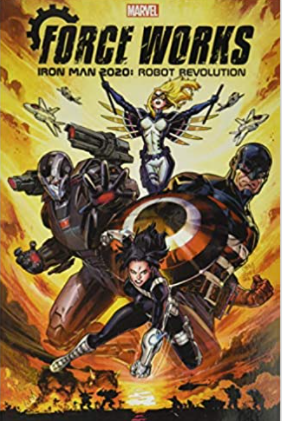
This example is challenging because the volume title (Force Works) is given more emphasis than the series title (Iron Man 2020). There is also no series numbering.
245 10 Iron Man 2020.|pRobot revolution.|pForce Works /|cChristos Gage.
Title page versos (the fine print) can be helpful when determining what the volume and series titles are. You can also check for other volumes. For example, looking at Iron Man 2020: Robot Revolution - iWolverine makes it easier to figure out the context:
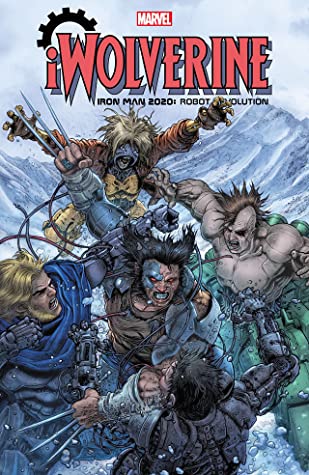
Punctuation note: Precede both subfields |p by a period when no series numbering is present.
Precedent
Aim for consistency. Look for precedent to see if there were other volumes of the graphic novel previously entered in the catalog. If you find previously cataloged issues, pay attention to the title construction.
